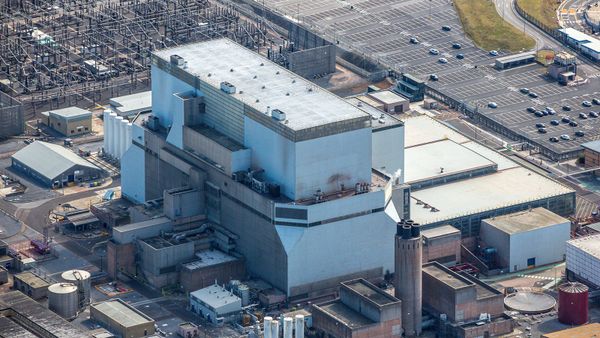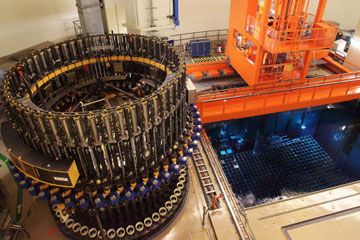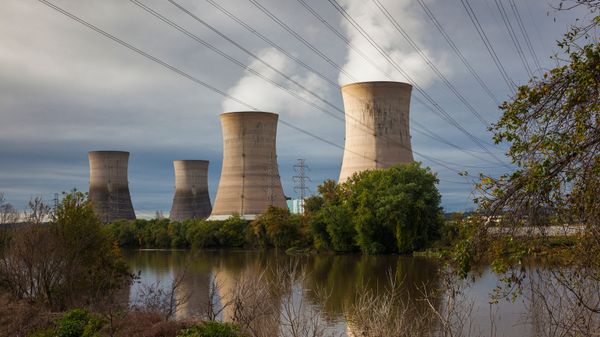
Key Takeaways
- Thorium is a potential alternative to uranium for nuclear energy production.
- Molten salt reactors utilize thorium more efficiently than traditional reactors.
- Despite its promise, thorium still faces technological and regulatory hurdles before widespread adoption.
As climate change makes the planet less pleasant to live on, nuclear power is getting more attention. Solar and wind energy can help cut greenhouse gas emissions, but if a solution can be found to climate change, nuclear power is probably going to be part of it.
Although nuclear power doesn’t produce the climate-altering gases that create a problem with other sources of electricity, it carries with it certain risks. For starters, disposing of radioactive waste from nuclear power plants presents a difficult problem — what to do with such dangerous byproducts? Also, what happens if the core melts down and creates an environmental catastrophe, as happened in Chernobyl, Ukraine, in 1986? There are other concerns as well, but given our current energy predicament, there are plenty of reasons to keep plugging away at making nuclear power safer.
Advertisement
Nuclear reactors are run by fission, a nuclear chain reaction in which atoms split to produce energy (or in the case of nuclear bombs, a massive explosion).
"Approximately 450 nuclear reactors are in operation worldwide, and they all need fuel," says Steve Krahn, a professor in the department of civil & environmental engineering at Vanderbilt University, in an email. He noted that for the most part, these reactors operate on uranium-235 (U-235), and the nations that partially recycle the fuel — France, Russia and a few other countries — mix in recycled Plutonium-239 to make what's called mixed-oxide fuel.
Plutonium is a byproduct of used fuel from a nuclear reactor and it can form the basis for recycling nuclear fuel from today’s nuclear reactors, as is done in France and several other countries. However it's highly toxic and it is the most frequently used material for nuclear weapons, which is one reason scientists have continued to explore other options.

Advertisement


